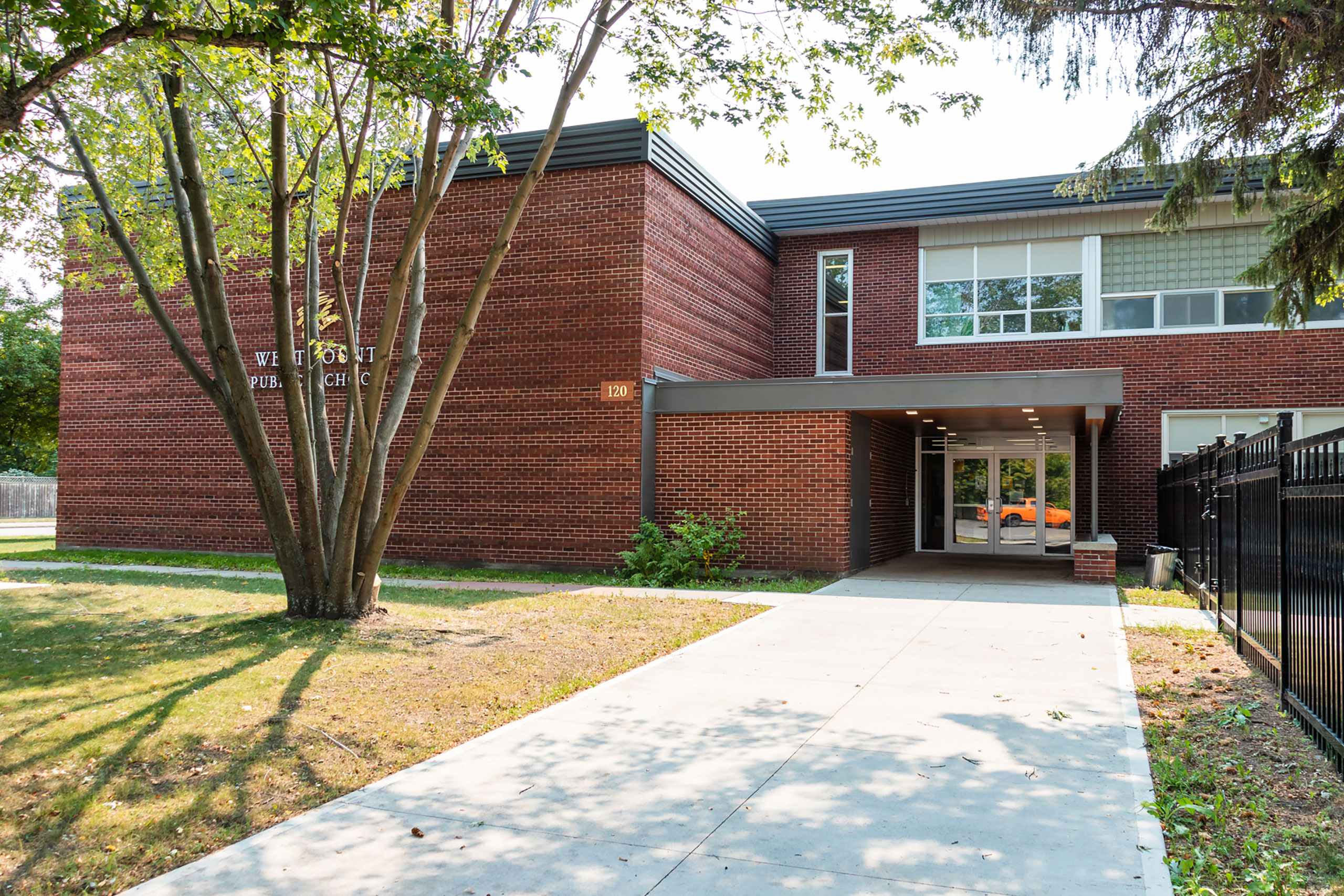Restrictions to Student Personal Mobile Device Use
Under PPM 128, The Ministry of Education is requiring school boards to develop a local practice identifying how they will enforce restrictions on student use of personal mobile devices at school. This document outlines Lakehead Public Schools’ practice and comes into effect September 1, 2024.
For the purpose of this practice, personal mobile device refers to any personal electronic device that can be used to communicate or to access the Internet. All members of the school community must not use personal mobile devices during instructional time except under the following circumstances:
- for educational purposes, as directed by an educator
- for health and medical purposes
- to support special education needs
Specific expectations and consequences are outlined below for elementary and secondary schools.
Elementary
Board practice requires that students’ personal mobile devices are stored out of view and powered off or set to silent mode throughout the full instructional day, except when their use is explicitly permitted by the educator under the circumstances outlined above.
- Schools will determine, at their discretion, how devices are stored (e.g. in lockers, backpacks, on students’ person, etc.) during the instructional day, but students will have a secure storage option (e.g. lockers or class lockbox).
- If an educator sees a personal mobile device that is not stored out of view, they must require the device be handed in for the remainder of the instructional day and the device must be placed, by the student, in a storage area in a location designated by the principal.
Secondary
Board practice requires that students’ personal mobile devices are stored out of view and powered off or set to silent mode during instructional time, except when their use is explicitly permitted by the educator under the circumstances outlined above.
- Schools will determine, at their discretion, how devices are stored (e.g. in lockers, backpacks, on students’ person, etc.) during instructional time.
- If an educator sees a personal mobile device that is not stored out of view, they must require the device be handed in for the remainder of the period and the device must be placed, by the student, in a storage area in a location designated by the educator.
In all cases, the student is responsible for their personal mobile device, how they use it, and the consequences of not following this practice on personal mobile device use. The Board, schools, and staff are not responsible nor liable for any damage or loss that may occur to devices that are placed in storage as a result of a student infraction.
Consequences
Schools will develop and communicate a plan for addressing student infractions and the resulting consequences. For example, schools will develop a means of tracking and responding to multiple infractions of inappropriate device use.
If the student does not hand in their personal mobile device when required, they must be sent to the Principal’s office. Principals have discretion under PPM No. 145, Progressive Discipline and Promoting Positive Student Behaviour, to consider a range of responses to address this behaviour including suspension.
FAQ
What is a personal mobile device?
According to the Ontario government, the restrictions include cellphones, personal laptops, tablets, and smartwatches.
Are there any exceptions?
Yes. Exceptions exist for education, health, special education or accommodation needs. This includes if a student needs a mobile device for a medical issue or a teacher has permitted phone use for a learning activity. Talk to your teacher, principal and/or guidance counselor for more information.
What if students use their phones during class time without permission?
Students who don’t comply may be asked to give their devices to the teacher or the office, to be returned later in the day. Further progressive disciplinary action will be taken if students repeatedly disobey the restrictions in place.
What if parents/caregivers need to contact their child?
Parents/caregivers can call the main office of their school. If it is an urgent or emergency situation, we will immediately notify your child.
What if a student needs to call their parent/caregiver?
Students can use a phone in the main office to call their parents/caregivers.
Can students still bring a phone to school?
Yes. Students may keep their cellphone, tablet or smartwatch with them, but they must turn it off or set it to silent mode and store it out of view (for example, in a bag or pocket).
